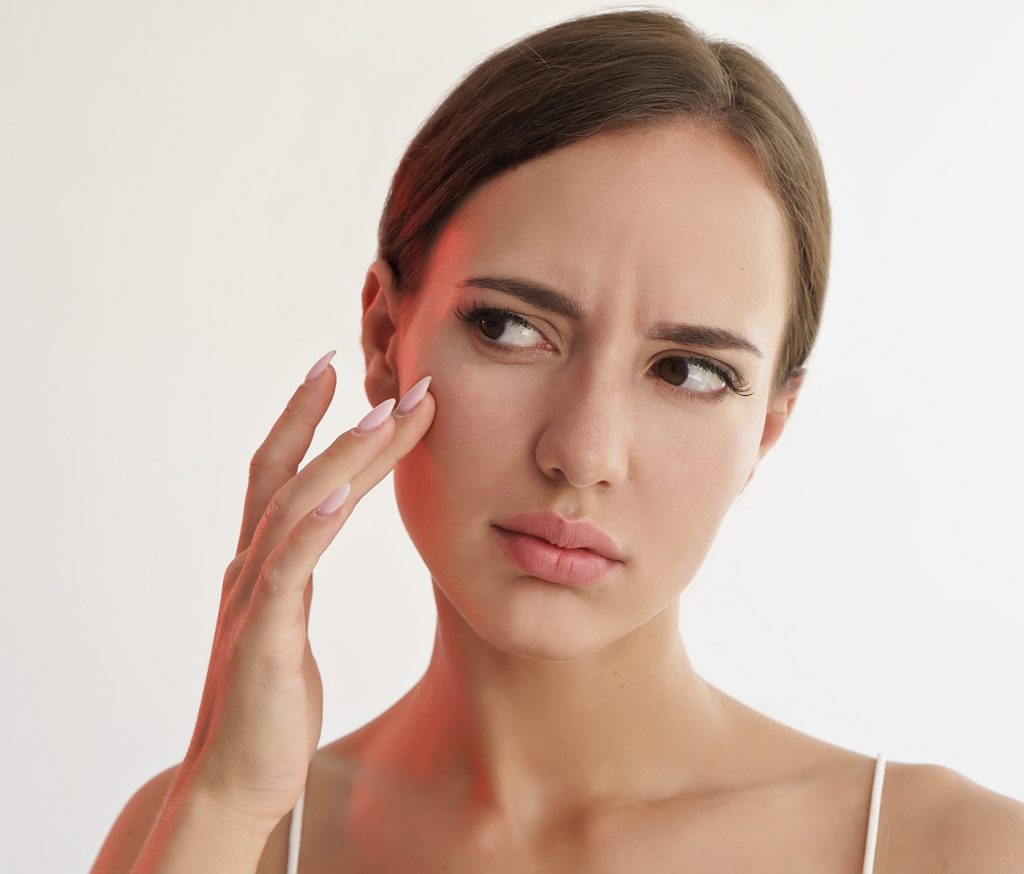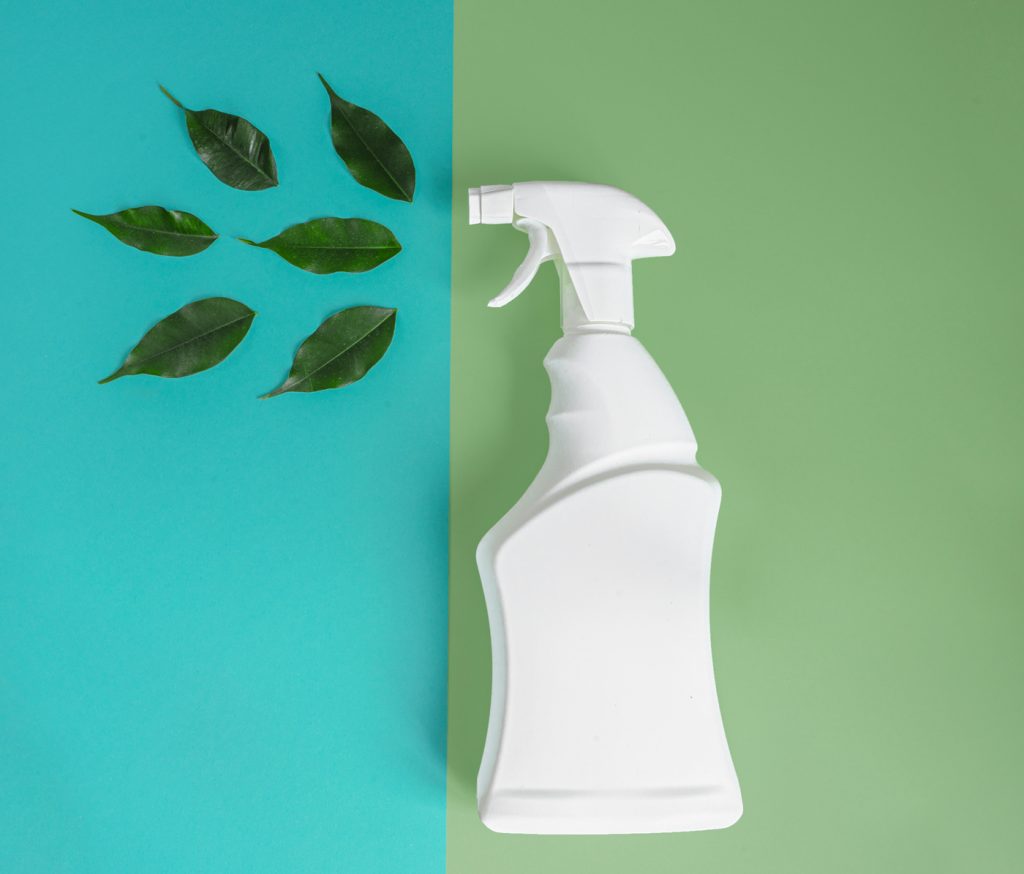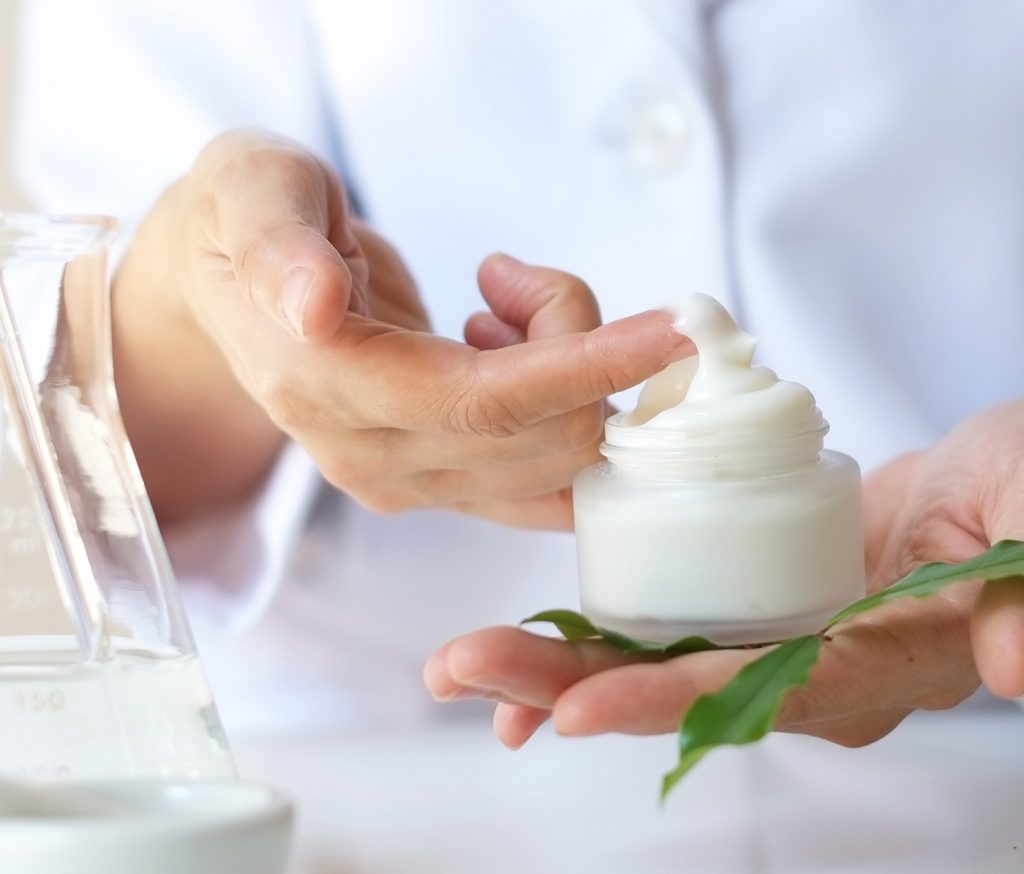
Let’s talk about natural products San.eco.Vit. with Lisa Tremolada, Head of R&D Laboratory.
Our skin is the largest organ of our body. It is one of the most important and complex, even in its stratification, as it works as a barrier that defends us from the outside. Moreover it is super connected to everything happening inside us: in fact if there is something wrong, from psychological stress to physical disorder, it will immediately appear on our skin.
Skin is complex in its stratification of epidermis cells as well as their diseases. We need to keep in mind that our skin is a filter and not a total barrier, so it allows certain substances to enter and penetrate. Using natural and sustainable products is definitely a healthy choice for our skin.
A good and effective product, safe for the skin and environmentally friendly comes from the research for raw materials that must be in themselves effective, safe and environmentally friendly.
In San.eco.Vit. the most in-depth research starts precisely from raw materials. We have a pool of trusted suppliers, which provide us with a range of tests and resources. We prefer delicate raw materials, which we balance in the right way to ensure pleasantness, safety and sustainability.
Compared to a traditional standard product, the difficulty of formulating with natural ingredients starts from the chemical-physical characteristics of raw materials themselves, which may have variations in color and smell, because of their internal qualities depending on how a plant has grown, when and where it has been harvested, or the processes it has undergone to become that raw material.
Our ingredients can have a more or less intense color and a more or less accentuated flavour, just because they are natural or of natural origin. The chamomile extract for example is brown, so a natural cream with a base containing a high percentage of chamomile will not be white, as well as a cream containing pink mosqueta will not be white, but its shade will change on the yellow color.
Natural ingredients make it difficult to reproduce the product in a standardized way, as they have varying smells and colors. It is therefore needed more care to achieve product stability in terms of smell, colour, texture, calibrating with the utmost precision the amount of raw materials, speed, timing and working temperature.
When you give space to nature, Nature surprises you, while a synthetic product has always the same characteristics. Those who consume natural are aware of the diversity between a traditional and a natural cosmetic formula, and they will look for that diversity of texture, color and smell that characterizes natural cosmetics, while those who approach for the first time may have difficulty in recognizing it at first sight.
The calibration of the ingredients is also crucial in relation with fragrances. We carefully choose our perfumes so that they are never too aggressive or too persistent, and in order to limit as much as possible allergenic substances.
Most of our products are Bios certified, so we ask our perfumers for certified or certifiable scents, which comply with precise regulations, which indicate what can be used and what it cannot.
Most of the perfumes used are of natural derivation, but we also use perfumes with synthetic substances accepted by the Disciplinary of our Certifications, which are already born without allergens (WAI or Without Allergenic Ingredients).
The balancing game consists in calibrating the exact quantities so that the product is pleasant but not too fragrant, avoiding any type of secondary reaction.
Among the raw materials and active ingredients that we like to use most, glyceric extracts and vegetable oils.
We have a palette of organic vegetable oils (triglycerides obtained by pressing) extracted from various plants, and glyceric extracts, almost all organic. In this case it is a matter of extractions in water and glycerin of a precise part of the plant: it is chosen the organ to obtain the extract from – leaf, fruit, flower, branches, seed – and left to macerate in water and glycerin, then filtered.
We also use essential oils, both for their beneficial properties and for their scents. These are obtained by steam distillation or from the skins of the fruits, as in the case of citric oils.
We also use more complex active ingredients, but always vegetable or plant-based which have precise functions, and more technical active ingredients, pharmaceuticals, often of synthetic origin such as hyaluronic acid or vitamin E, precisely because they exert a targeted action.
Different lines are in fact created by function, according to the customer’s needs.
In general, the requests that arrive to our laboratory in San.eco.Vit. always have guidelines, which may be the assets, a function or a group of people to whom they are intended.
It’s up to us, thr formulators of the Research & Development laboratory who pull out our drawers glyceric extracts, oils and active ingredients to suggest the most effective combinations for that line, propose innovative ideas and meet customer requirements.
If a customer for example asks us for a moisturizer, we will look for an active with strong moisturizing properties, to create a cream that best performs that type of function. If a line is for teenagers we will choose younger, more modern active, suitable for acne or mixed skin.
Finally the golden ingredients that are good for the whole family are aloe, shea and almond.
We use them a lot because they are the three most versatile and safe active ingredients, with really good properties, and they are good for all skin types, like all San.eco.Vit. products which are pleasant, effective, safe, environmentally friendly and very delicate, even for those with particularly sensitive skin.

